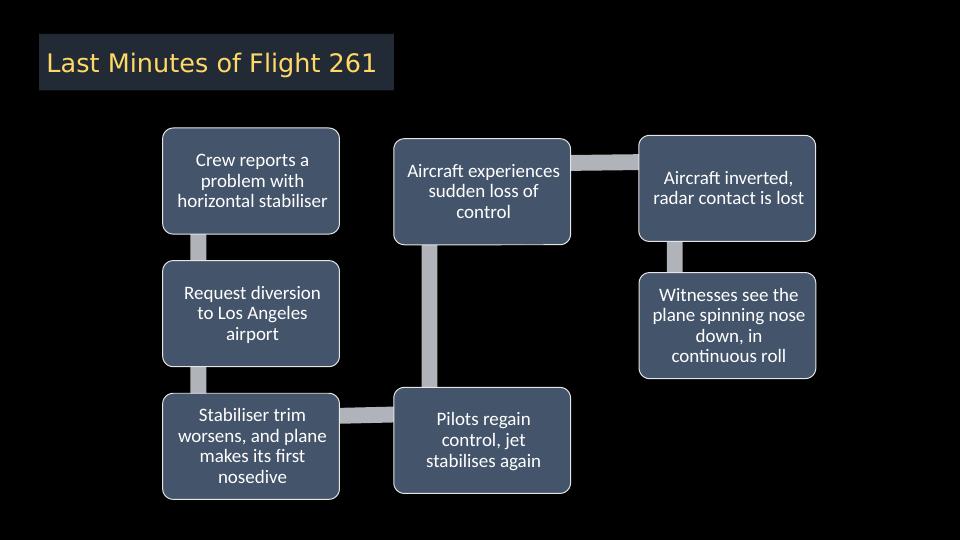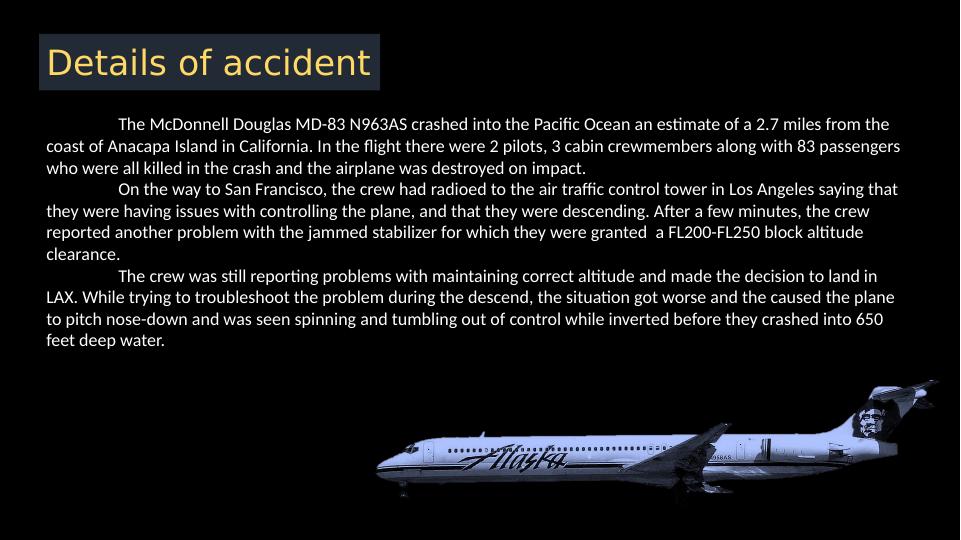Alaska Airlines Flight 261: Accident Analysis and Recommendations
16 Pages1112 Words82 Views
Added on 2023-01-23
About This Document
This presentation provides an analysis of the Alaska Airlines Flight 261 accident, including details of the accident, causal factors, personnel information, air traffic control recordings, and professional recommendations for various stakeholders. It offers insights into the accident and provides recommendations for improving safety measures.
Alaska Airlines Flight 261: Accident Analysis and Recommendations
Added on 2023-01-23
ShareRelated Documents
End of preview
Want to access all the pages? Upload your documents or become a member.




